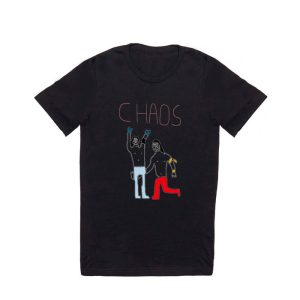Wrestling is one of the oldest forms of combat, and over the centuries, it has transformed, diversified, and cemented its place in various cultures around the world. From ancient carvings on Egyptian tombs to the glitz and glamor of today’s professional wrestling, the sport holds a mirror to society’s evolution and values. Let’s trace this rich danatoto journey.
1. Introduction:
While today wrestling might be synonymous with entertainment for many, its historical roots run deep, bearing significance in rituals, athletic prowess, and cultural identity.
2. Wrestling in Ancient Times:
The annals of history showcase how widespread and integral wrestling was to ancient societies:
- Ancient Egypt: Carvings from as far back as 2300 BCE depict wrestlers using techniques familiar even today.
- Ancient Greece: Wrestling was a top-tier sport in the ancient Olympic Games. It wasn’t just a sport but a crucial component of a Greek warrior’s training regimen.
- Roman Empire: The Romans borrowed heavily from the Greeks but also introduced some modifications, placing less emphasis on skill and more on strength and brute force.
3. Traditional Wrestling Across Cultures:
Beyond the Mediterranean:
- Japan: Sumo has deep-rooted cultural and religious significance, with rituals tied to Shinto practices.
- Mongolia: Bökh, or Mongolian wrestling, is a symbol of masculinity and resilience.
- India: Dangal, a traditional mud wrestling, is more than sport; it’s a rite of passage for many young men.
4. Wrestling in the Modern Era:
- Olympic Revival: Wrestling was one of the focus sports when the modern Olympic Games began in 1896, highlighting Greco-Roman and freestyle disciplines.
- Emergence of Professional Wrestling: In the 20th century, wrestling took on an entertainment dimension, especially in the USA, with the rise of promotions like WWE, making it a blend of sport and theatre.
5. Symbolism and Cultural Interpretation:
- Masculinity and Valor: Historically, wrestling was often seen as a display of masculinity, strength, and bravery.
- Ritual and Religion: In many cultures, wrestling events were tied to religious festivals or rites of passage.
- Societal Commentary: Modern professional wrestling often mirrors societal themes, politics, and pop culture, using storylines and characters to reflect and comment on current events.
6. Wrestling’s Global Influence:
Today, wrestling enjoys a universal appeal:
- Sports Entertainment: With promotions like WWE, AEW, and NJPW, wrestling reaches global audiences, blending athleticism with storytelling.
- Mixed Martial Arts (MMA): Wrestling techniques have become fundamental in MMA, highlighting its effectiveness and adaptability.
7. Conclusion:
Wrestling, in its myriad forms, remains a testament to human competition, creativity, and cultural expression. From the sands of ancient arenas to the bright lights of modern stadiums, it continues to captivate, entertain, and resonate. It’s not just about pinning an opponent but about upholding a tradition, narrating a story, and, often, reflecting the values and aspirations of society.
Tags:
#CulturalWrestling #AncientSports #ModernWrestling #GlobalWrestling #SportsEntertainment
Wrestling, as a sport and cultural phenomenon, spans the breadth of human civilization. Its incarnations, from the sacred rituals of sumo to the electrifying spectacles of professional wrestling, provide insights into society’s values, beliefs, and aspirations. This article delves into the historical and cultural nuances of wrestling, celebrating its indelible mark on global heritage and contemporary entertainment. Whether you’re a passionate wrestling fan or a curious history enthusiast, the world of wrestling offers a captivating tapestry of human endeavor, resilience, and storytelling.


